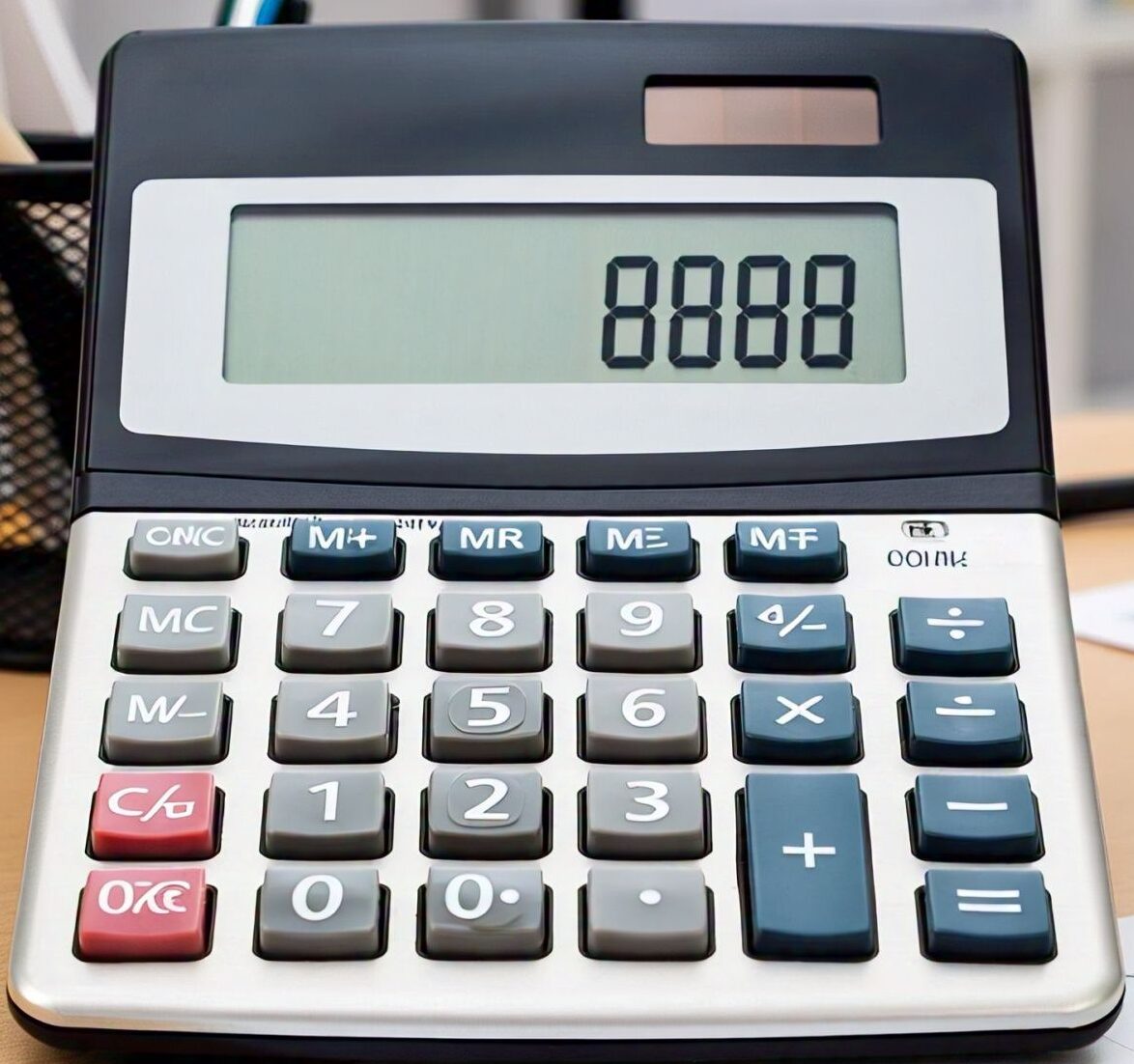A percentage is a mathematical concept used to express a number or ratio as a fraction of 100. It is commonly used to describe the relationship between two quantities in a way that is easy to understand. Percentages are typically denoted by the “%” symbol after the number. For example, 35% means 35 out of every 100 units. Percentages can also be written as “percent” or “pct.”
To calculate a percentage, you multiply the value of a ratio by 100. For instance, if 25 out of 50 students in a classroom are male, the ratio is 0.5. Multiplying this by 100 gives:
0.5 × 100 = 50%
This means that 50% of the students in the classroom are male.
Percentage Formula
The percentage formula can be expressed in various forms, but it essentially involves three variables:
P × V1 = V2
Where:
- P represents the percentage
- V1 is the initial value
- V2 is the result after applying the percentage to V1
For example, if you’re solving for the percentage, you can use the formula to calculate it. Here’s how it works:
Example: P × 30 = 1.5
To find P: P = 1.5 ÷ 30 = 0.05 Then, multiply 0.05 by 100 to convert it to a percentage: 0.05 × 100 = 5%
In manual calculations, the percentage is often represented as a decimal first, and then converted into a percentage by multiplying by 100. This is similar to how a calculator works, except it directly handles percentages.
Percentage Difference Formula
The percentage difference between two values is calculated by finding the absolute difference between the two numbers, then dividing that by the average of those two numbers. Multiply the result by 100 to express it as a percentage. Here’s the formula:
Percentage Difference = |V1 – V2| ÷ ((V1 + V2) / 2) × 100
For example, if you’re comparing 10 and 6: |10 – 6| ÷ ((10 + 6) / 2) = 4 ÷ 8 = 0.5, which equals 50%.
Percentage Change Formula
Percentage change is used to calculate how much a value has increased or decreased. To find the percentage increase or decrease, subtract the initial value from the new value, then divide by the original value. This shows the change relative to the original number.
For example:
- To calculate a 10% increase on 500:
500 × (1 + 0.1) = 550 - To calculate a 10% decrease on 500:
500 × (1 – 0.1) = 450
In these cases, multiplying by the adjusted factor (1 + or 1 – the percentage) will give you the increased or decreased value.
